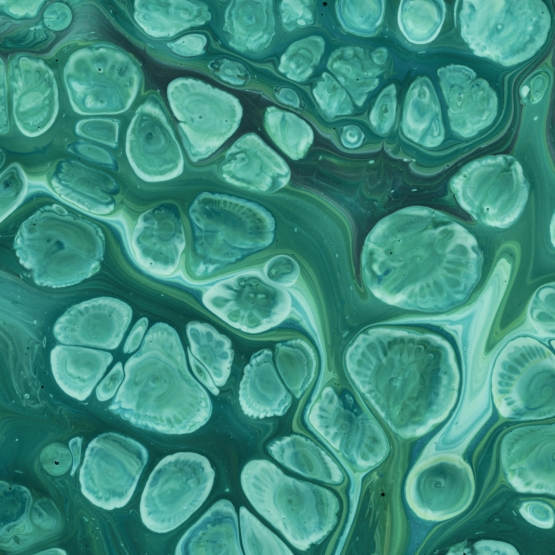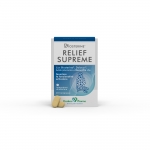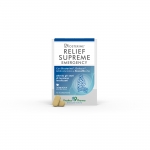Ours is a holistic approach that does not hinder the physiological processes of the body. It's an approach that encourages the restoration of balance, by combatting the causes of symptoms as efficiently as possible and ensuring fast relief.
Symptoms and relief
SELECT YOUR NEED

Osteoarticular and muscular system
INFLAMMATION AND PAIN
INFLAMMATION is an adaptive response to anything that our body perceives as potentially harmful.
Clinically, the tell-tale signs of inflammation are:
- warmth in the inflamed area
- redness
- swelling
- pain and functional impairment
These symptoms frequently affect the musculoskeletal system, thus creating localized tension in the muscles, tendons and bones.


Inflammation develops through complex biochemical processes involving the targets of inflammation, in which molecular and cellular components that are closely interconnected form part, such as:
- The arachidonic acid cascade
- ROS and RNS
- The complement system
- The endocannabinoid system
- Glucocorticoid receptors
WHAT IS PAIN?
Pain is the means by which the body signals damage to its tissues. As defined by the IASP (International Association for the Study of Pain - 2020) and the World Health Organization, pain is "an unpleasant sensory and emotional experience associated with (or similar to that associated with) potential or ongoing tissue damage."
It can be one of two types:
- Acute pain, which appears suddenly; its possible causes include an illness, trauma (e.g., an injury while playing sports) or inflammation of a tissue in the body (such as pain associated with a muscle strain). Its duration is limited in time; when the discomfort lasts for more than 12 weeks, it is classified as chronic pain.
- Chronic pain may result from an initial trauma (e.g., a fall on one's shoulder), which ends up having long-term consequences, or it may be caused by a persistent condition (e.g., chronic degenerative conditions such as arthritis).
Some types of pain:
| TYPE OF PAIN | THE MOST COMMON | SYMPTOMS |
| Acute pain |
|
|
| Chronic pain |
|
|
WHAT IS THE DIFFERENCE BETWEEN INFLAMMATION AND PAIN?
Pain and inflammation are two different things, but they actually have many things in common. To be specific, in most cases, the pain we experience in one part of the body, whether the head (headache), a muscle (myalgia), or somewhere else, is often caused by an underlying inflammation.
Arthritis is a chronic inflammatory disorder affecting the joints. The most common type is undoubtedly rheumatoid arthritis, with typical onset between the ages of 20 and 40, and with greater frequency in women. Other types of arthritis include, for example, psoriatic arthritis, infectious arthritis, and enteropathic arthritis. All types of arthritis feature the same underlying inflammation phenomenon affecting synovial tissue, which is the joint lining responsible for producing the fluid necessary for the lubrication of bone joints.
Rheumatoid arthritis, which, as mentioned, is the most common form, is determined by an autoimmune reaction against components of joint tissue and is a classic example of a disorder with multifactorial onset. The factors that can set off this "immune trigger" have been identified as: genetic predisposition, inadequate lifestyle, such as a diet low in fiber and high in sugar, and/or taking medications such as antibiotics and proton pump inhibitors.
An inadequate lifestyle causes gut dysbiosis and altered intestinal permeability, conditions that stimulate the local immune system to react by triggering an inflammatory process at the respective site. Mediators of inflammation, together with food toxins and microbial peptides, can enter the bloodstream and go on to cause inflammation at extra-intestinal sites, such as the joints, with the development of typical symptomatology.

